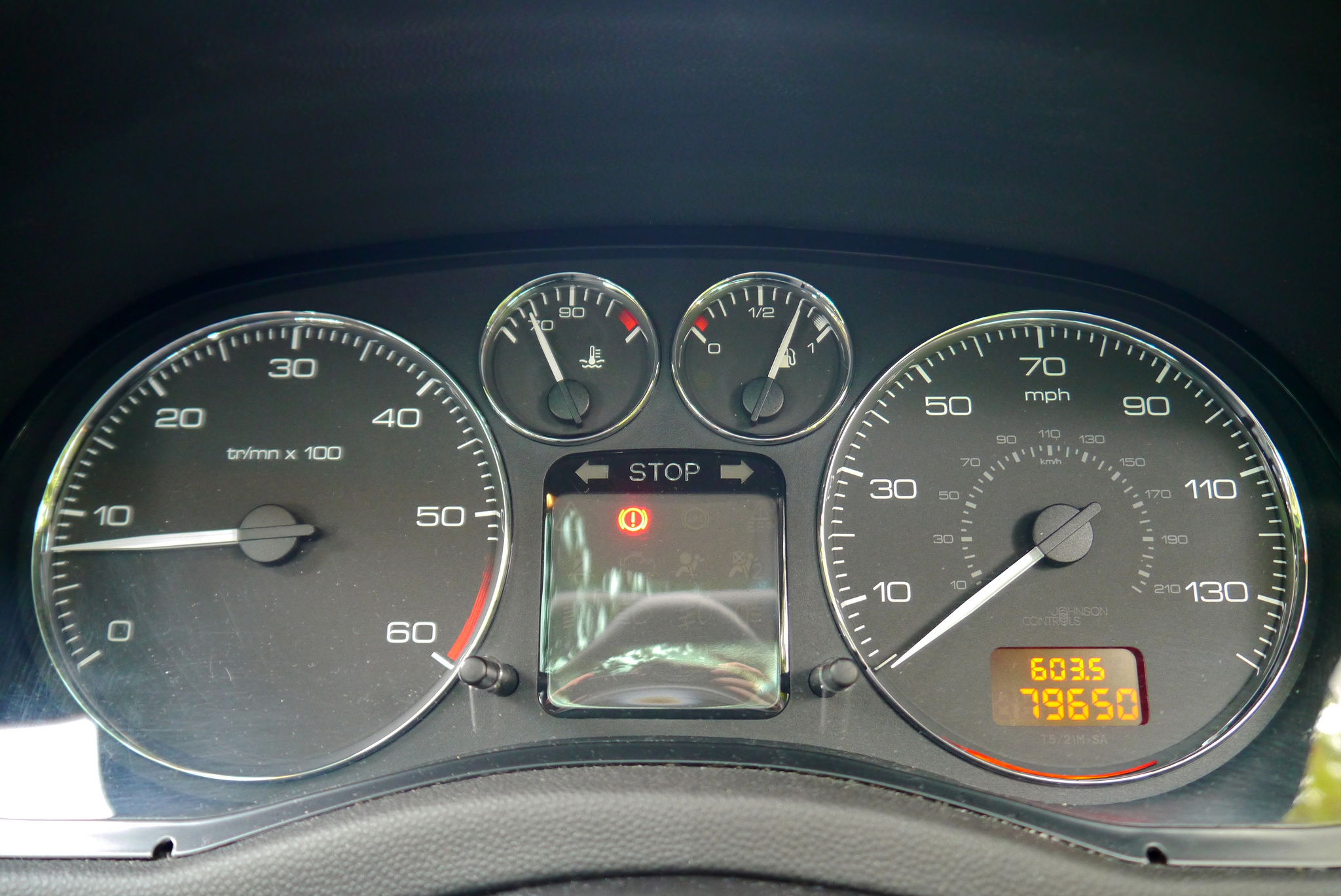
So far, we’ve talked about a series of tools that a start-up or a medium-sized company can reapply from the “best practices” of leading big consumer products companies (CPGs) like P&G and Kraft. Today, we take a closer look at the role of a simple, well-crafted “dashboard” for tracking the health of their business and ideally progress vs. their plans.
Many businesses maintain “dashboards” at different levels (brand, category, division, company) to provide a “one stop shop” if you will for data associated with the business. This “dashboard” can link together sales and performance data (e.g., vs. forecast); website data (e.g., search activity, website traffic and navigation via Google Analytics); orders and inventory; and performance of marketing tactics. This may seem daunting and expensive for a startup or small brand, but when I started up an e-retail business, I was impressed by how easily I had data on hand to decide what to promote, how promotions were doing and what I needed more of. It’s not rocket science, but with a well-designed dashboard you can literally get “all the information you need” in one place and double-click to drill-down and understand more. Ironically, large companies can spend millions of dollars trying to connect “big data” from myriad systems to get the same insights; meanwhile many of the data systems and apps that startups use (in my case I ran my site off of Shopify with various plug-ins) provide just that type of integration, and often at no extra cost.
Big companies—and especially management—like to have all of the data in one place. As Bob McDonald, then CEO of P&G, shared with the McKinsey Quarterly, “every Monday morning we have a meeting with our leadership team all over the world—physically and virtually—where we review the business for the previous week and click down on all this data. And everyone signs up for the principles behind this—it’s real time and continuous; it gives us the ability to click down to find causality, make decisions, and then move on.” (2011)
In theory, a “dashboard” is simply a tool to pull together data, typically housed in various sources, to enable quick decision-making. Sounds pretty straight-forward, right? Oftentimes a cross-functional team will identify what decisions needs to be monitored, what data supports those decisions, and then how to pull together all of that data. From a design perspective, the dashboard may use some form of score-carding to highlight strengths and weaknesses to assist in trouble-shooting. However in practice, dashboards can be quite challenging for big companies to bring together. One challenge is that a lot of times the execution has been rather “clunky,” especially where teams have tried to pull “everything” in one place vs. focusing on isolating the key data needed. Another challenge is that once the time and effort was expended on creating the dashboards, they did not necessarily enable the promised improved decision-making as they were just created because “everyone else was doing it.” As a result, the notion of dashboards has gathered some bad press, within companies and in the business press. In some respects, dashboards have ridden the rise and fall of the “big data” wave.
The pitfalls that some big brands have experienced with dashboards does not mean that they are out of reach or ill-suited for small companies. Actually, quite the opposite is true. Small companies have the same goal of tracking results and more specifically the performance of marketing tactics. The same benefits of a well-designed dashboard also apply to startups and small companies. And interestingly startups and small companies may even have a few advantages in this space. By definition, most if not all of their business data is new, or at least newer. As such they are probably not bogged down by the pitfalls of stringing together legacy systems. Additionally, many of the tools and apps that are used are designed to facilitate such data integration.
Ultimately, a simple dashboard is a great tool to track the underlying health of your business. If you have any questions about how to construct one for your business, don’t hesitate to contact me at james@jblackadvisoryllc.com
Note: This article builds on a series of columns about marketing learnings and processes that start-ups can leverage from big companies that include “Understanding Your Target Consumer,” “Defining What Your Business Stands For,” and “Selecting Tactics for Your Marketing Plan.”
Image Credit: CC by Mic


